Gma's & Gpa's Great Adventures
It’s Easter Sunday – and a good day to leave the marina in Bundaberg to head 50 miles offshore to Lady Musgrave Island – find an anchorage and go snorkeling - and enjoy our Easter dinner!
The iconic Great Barrier Reef is one of the 7 Natural Wonders of the World. Other wonders on this list include Mount Everest, the Grand Canyon, and the Northern Lights. The Great Barrier Reef is the largest living thing on Earth and is visible from outer space! Covering over 133,000 square miles along the NE coast of Australia, it is almost the size of Germany. There are thousands of reefs and hundreds of islands, home to countless species including 6 species of turtles, 17 species of sea snakes, 215 species of birds, 400 types of coral and more than 1,500 species of fish!
RUTH METZ
43 chapters
Coddiwomple
The Southern Great Barrier Reef
It’s Easter Sunday – and a good day to leave the marina in Bundaberg to head 50 miles offshore to Lady Musgrave Island – find an anchorage and go snorkeling - and enjoy our Easter dinner!
The iconic Great Barrier Reef is one of the 7 Natural Wonders of the World. Other wonders on this list include Mount Everest, the Grand Canyon, and the Northern Lights. The Great Barrier Reef is the largest living thing on Earth and is visible from outer space! Covering over 133,000 square miles along the NE coast of Australia, it is almost the size of Germany. There are thousands of reefs and hundreds of islands, home to countless species including 6 species of turtles, 17 species of sea snakes, 215 species of birds, 400 types of coral and more than 1,500 species of fish!
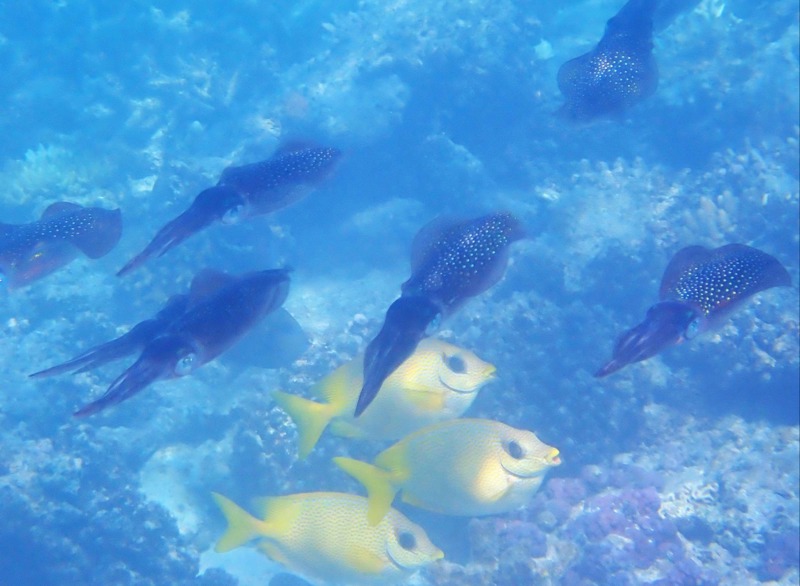
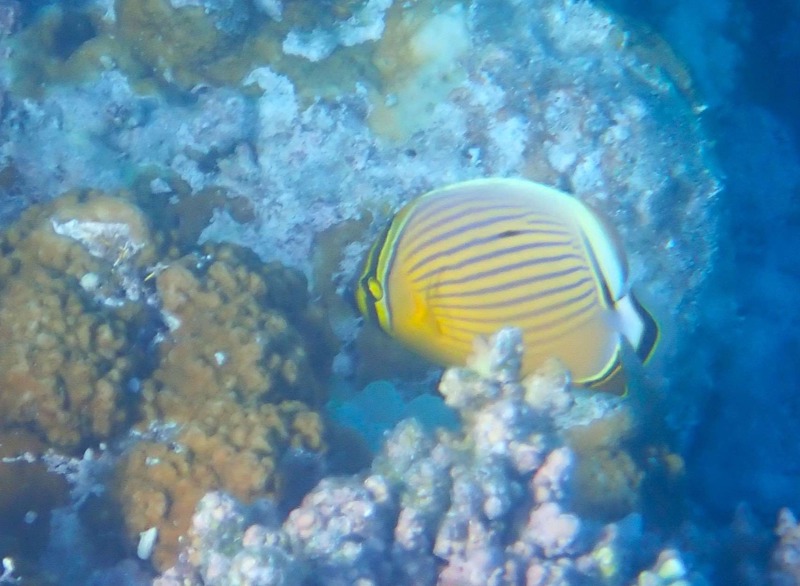
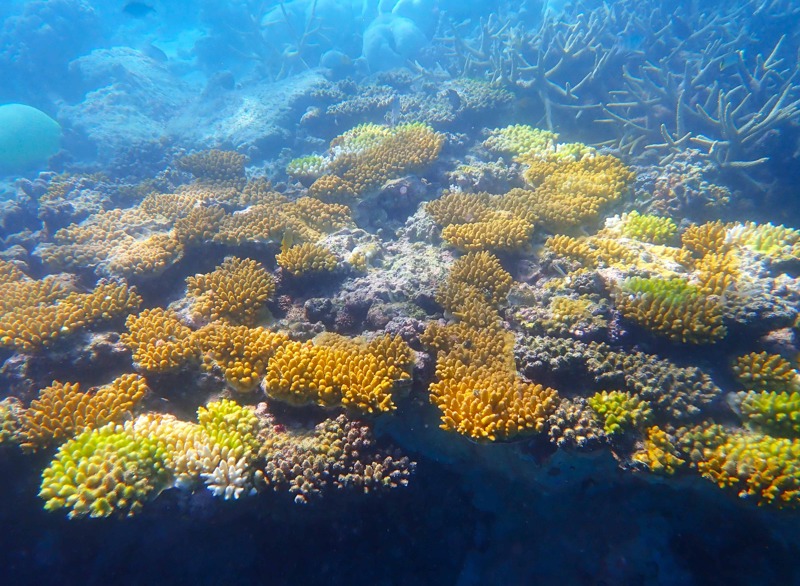

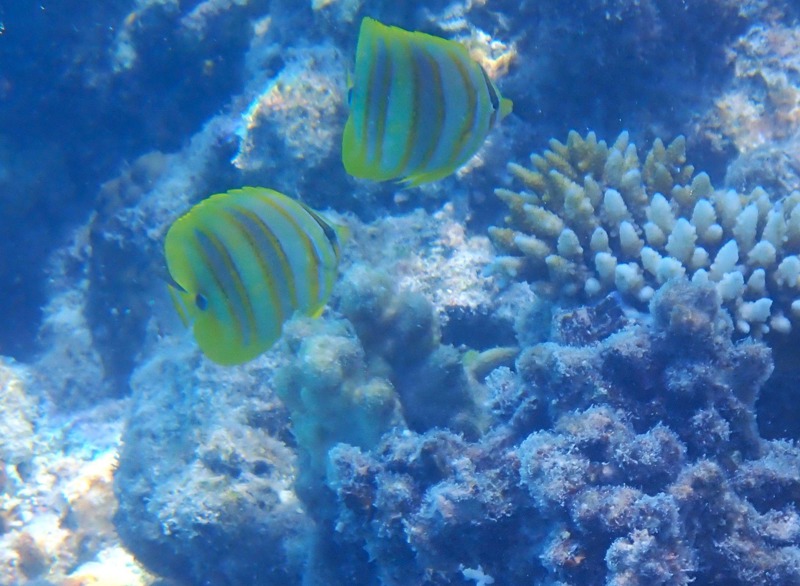
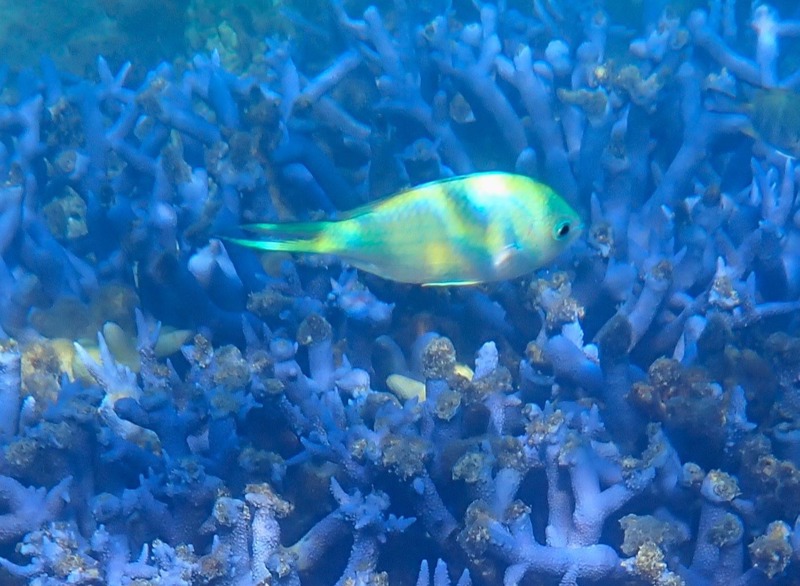

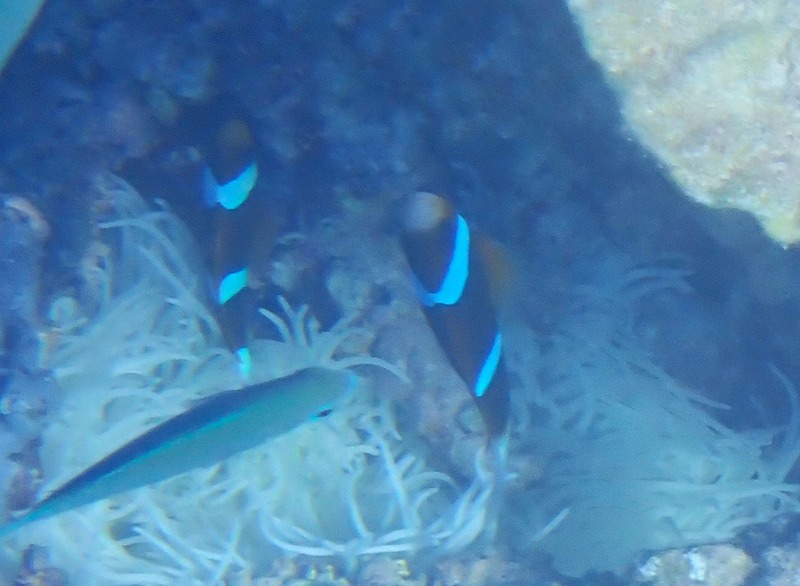


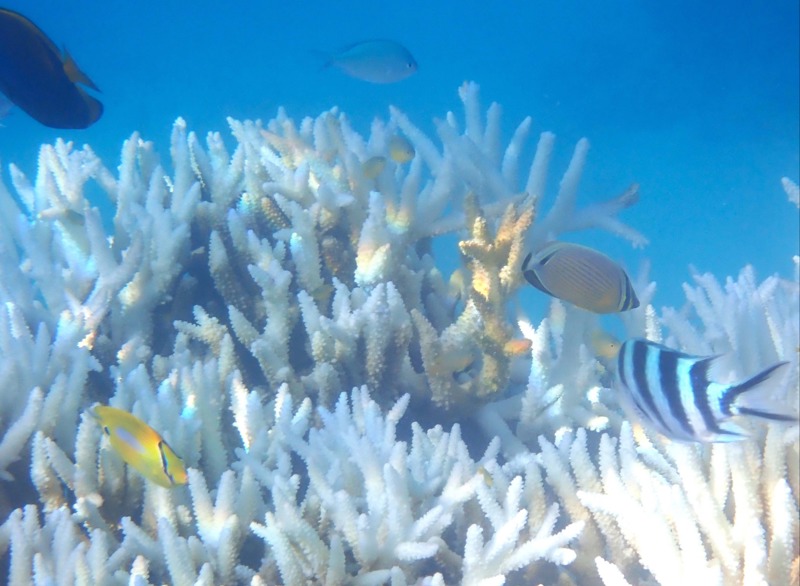
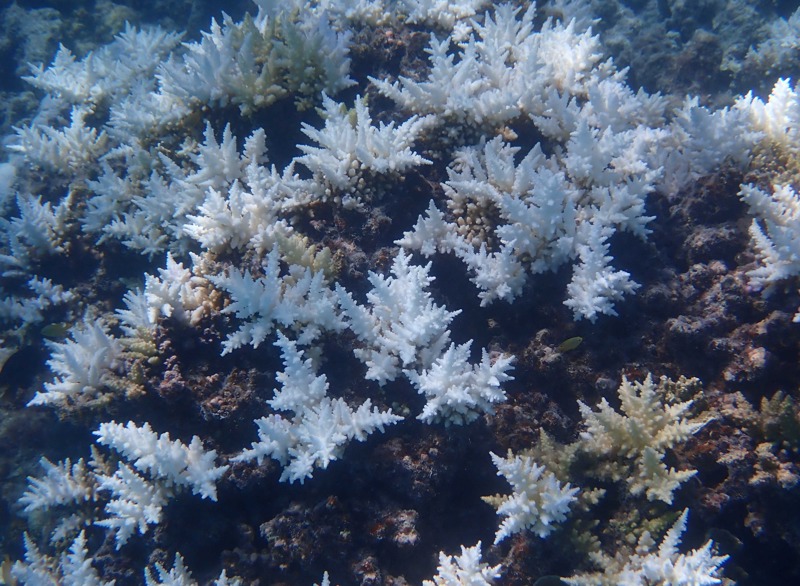
The beautiful colorful coral of the reef is alive! Though it looks like rock or underwater plants, coral is a marine animal that sits in one place throughout its life. In March, it was announced that the Great Barrier Reef experienced its fifth mass bleaching in just eight years. Coral bleaching is a natural process where, when water is too warm, corals expel the colorful algae (zooxanthellae) living in their tissues, exposing their white skeleton. Coral reefs are very sensitive to ocean warming – even a 1-degree increase in water temperature over four weeks can trigger bleaching. Corals can recover from bleaching over time, but only when stressors are reduced, such as if temperatures drop and conditions return to normal. If the environmental stress continues to increase and compound for eight weeks or more, corals begin to die.
The Southern Great Barrier Reef has many pristine remote islands, protected lagoons and reefs. And a lot of restless water. Swells are coming at us from 3 different directions, winds, gusts … plus currents and tides. Tides (high and low; some up to 24’) occur twice a day, causing strong currents to motor/sail with or against depending on which way you’re going and water rushing by and twisting you around while at anchor. Seems all these prefer to work against us than with us – and the tail-end of cyclone season has some interesting weather.
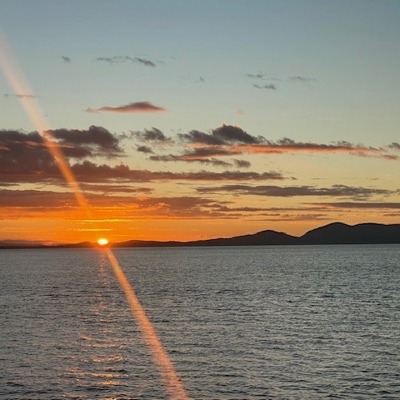
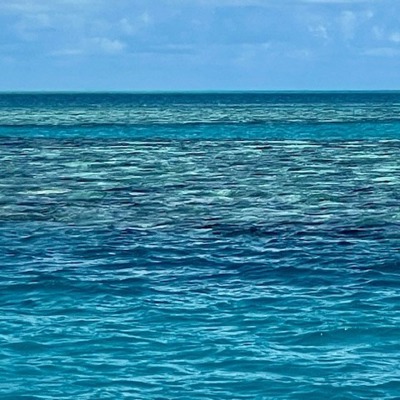
We seek refuge up various coastal rivers of dirty tidal coffee-colored water with logs, branches, chunks of seaweed and other floating scum and crocodiles. No snorkeling here! We finally find a nice coastal bay in time for cocktails and a fabulous sunset all alone in calm water protected by reef and surrounded by beautiful hills – oh, and a bombing range. A delicious dinner followed by a movie and easy sleeping. And then it all begins …tides, current, winds, rain all find us again and make for a sleepless night. Argh!
We are officially coddiwompeling.
We did get some nice days along the way to enjoy some snorkeling in the lagoon by Lady Musgrave Island, discovered sea salps (little gelatinous creatures that travel in chains) at Fitzroy Reef, Heron Island, Great Keppel, up to the Percy Island Yacht Club, catch some fresh fish, navigate through the large freighter "parking lot" (are we back in Panama?) and finally chillax for a few days in the Mackay Marina. It’s good to get our feet back on the
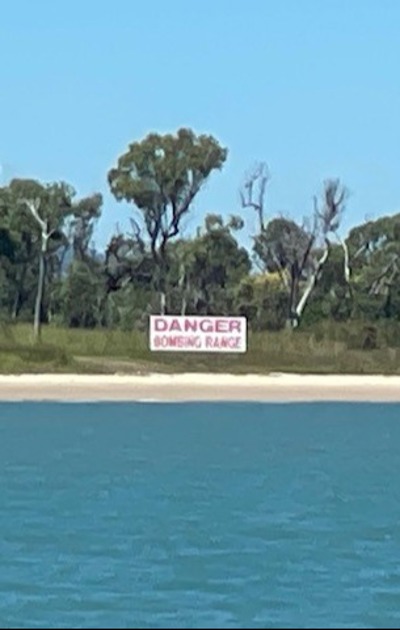


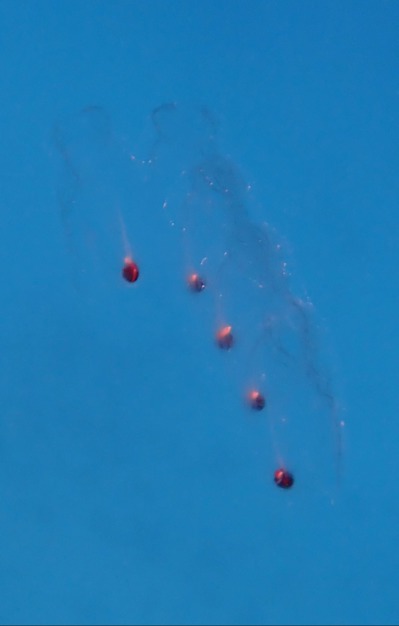
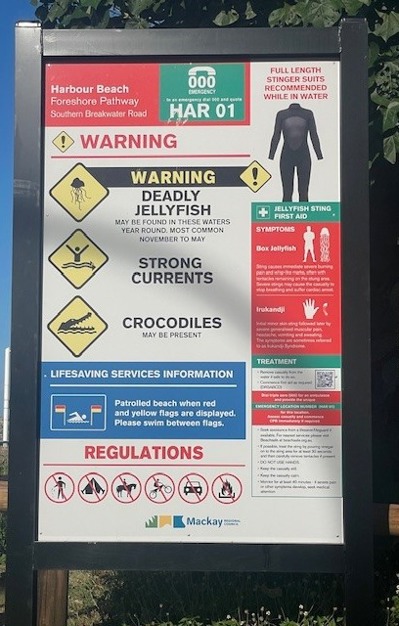
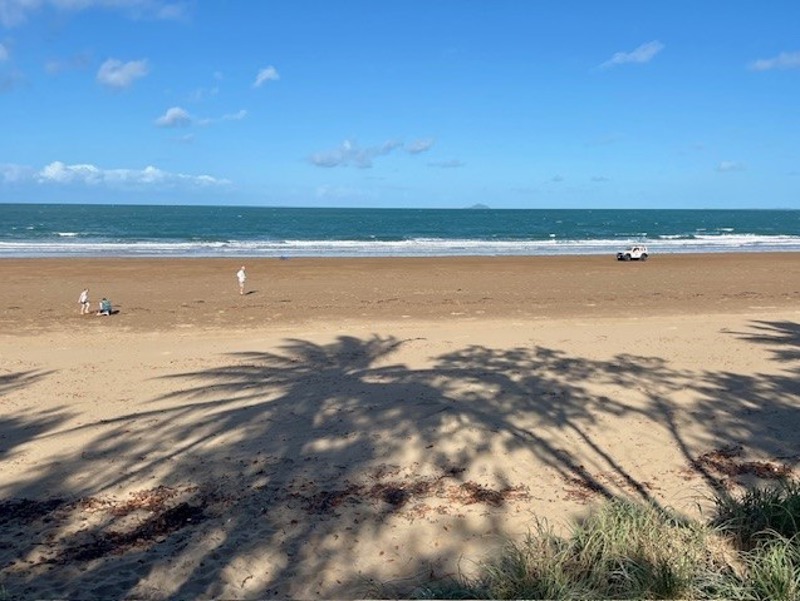

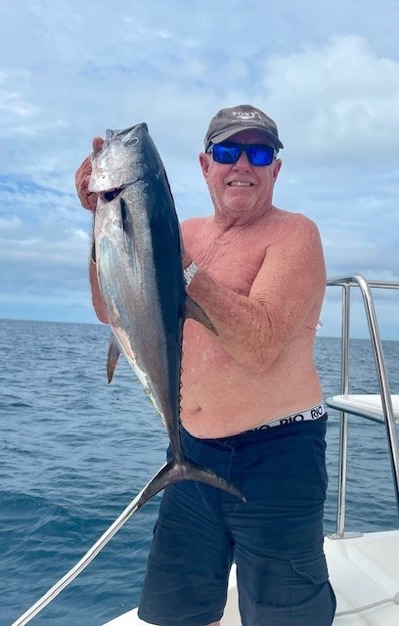
ground, reprovision, eat at a restaurant, let Gpa drive a car again, explore various (dangerous) beaches, countryside with fields and fields of sugar cane, learn all about refining sugar at the Sugar Shed tour (never did like cotton candy), see and hear a ridiculously huge camp of fruit bats, visit Platypus Beach (the only platypus we saw was on the sign), and drive up to Eungella national park’s rainforest (but not across that flooded road).
It's a wild and wonderful life.
XOXOXOXOXO Gma & Gpa
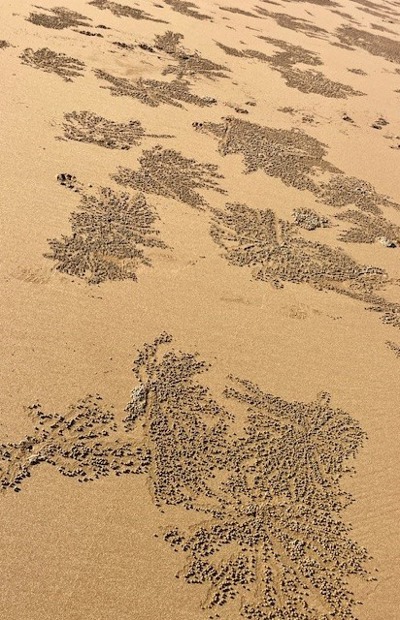
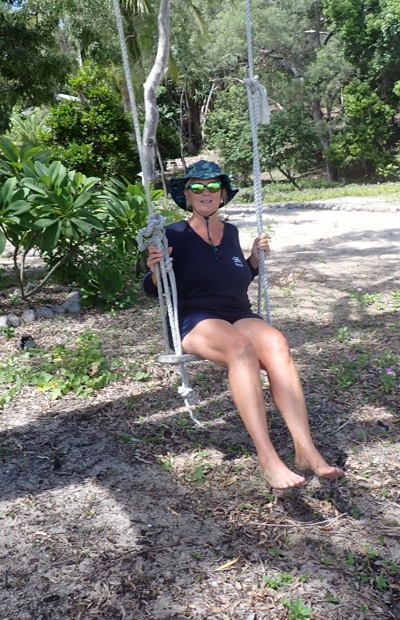
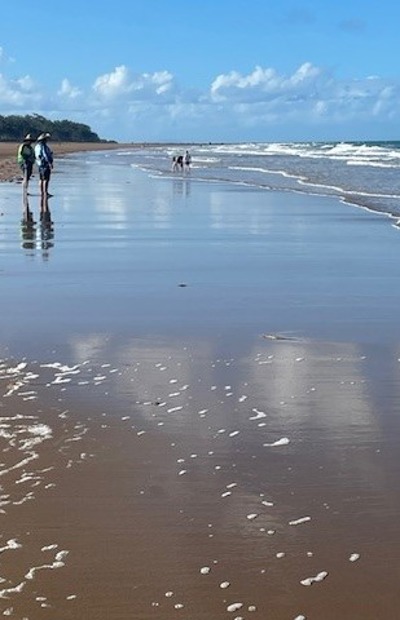
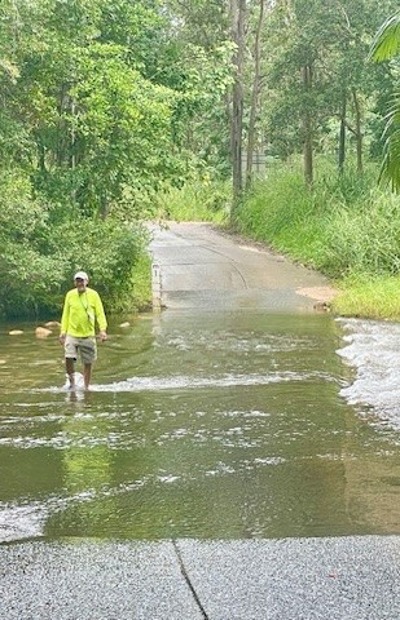
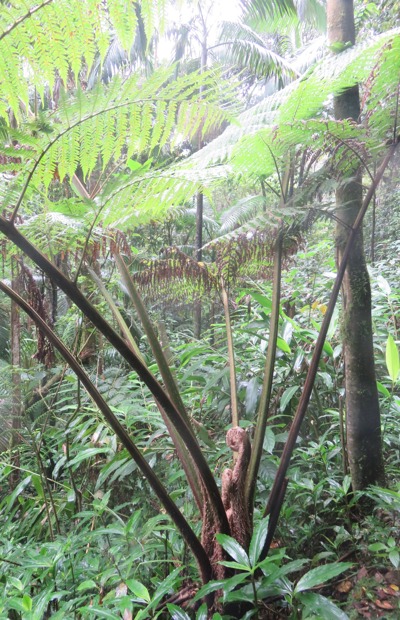
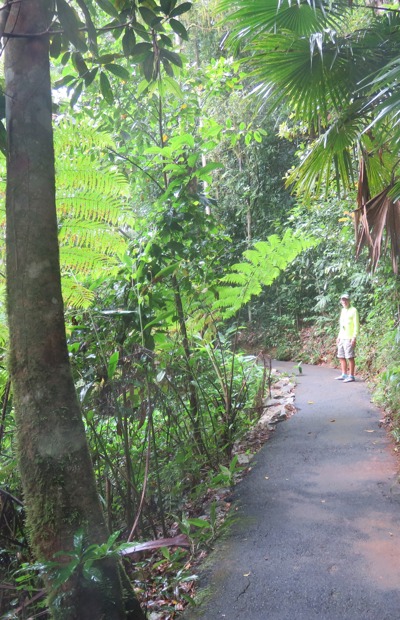

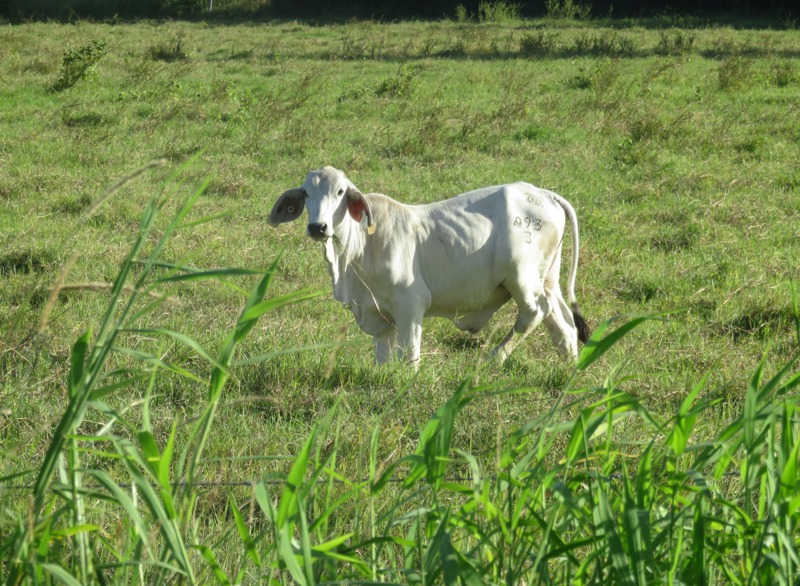

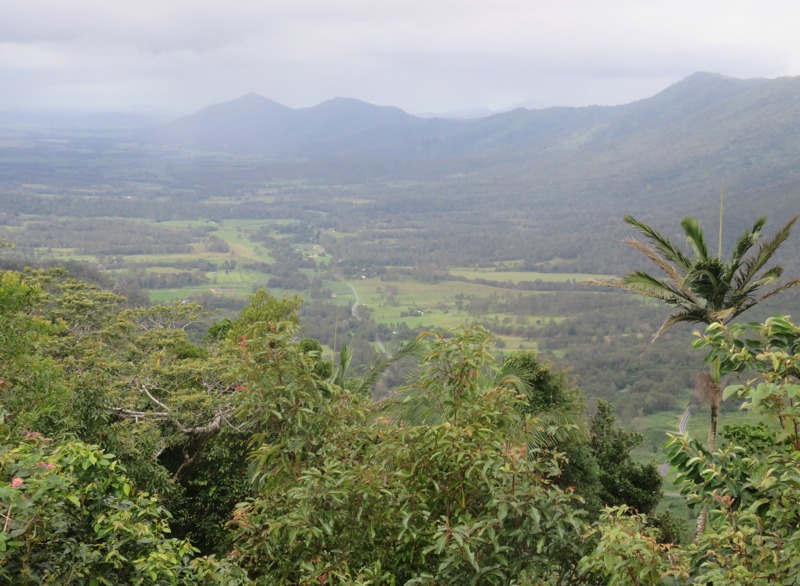
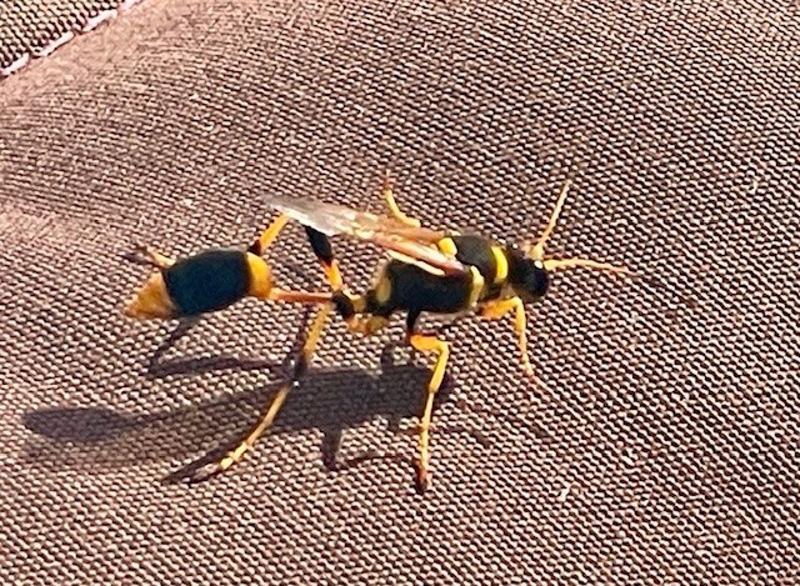
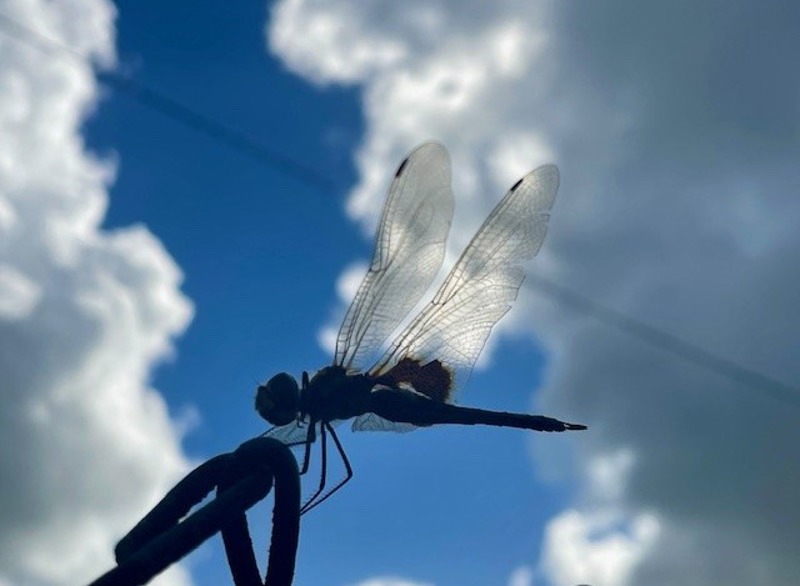

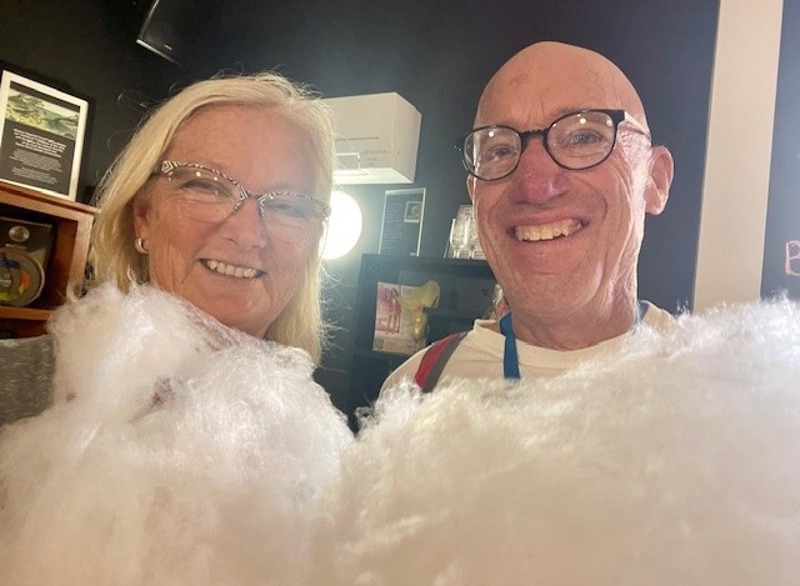
1.
We're Back!
2.
Marlborough District
3.
Kaikoura
4.
Christchurch and beyond...
5.
Steampunk & a Castle?
6.
Te Anau
7.
Milford Sound
8.
Queenstown
9.
Little Paradise
10.
Happy Birthday to Gma!
11.
Glacier Country
12.
Now Where??
13.
The Wild Side
14.
It's Just Another Day
15.
Wonderland
16.
More Places to Go...
17.
Happy Birthday to Gpa!
18.
Love It Here!
19.
Let 'er Loose!
20.
Crossing the Ditch
21.
Sydney
22.
Taronga Zoo
23.
to Bundy
24.
Coddiwomple
25.
Found It!
26.
Something New!
27.
Adjusting Our Sails
28.
Back to the Islands
29.
Maggie Island
30.
Hinchinbrook
31.
Gone fishin'
32.
Cairns
33.
Low Isles
34.
Agincourt Reef
35.
Ribbon Reefs
36.
Lizard Island
37.
Cooktown
38.
Time to Head South
39.
Out and About
40.
It's Time to Go
41.
Onward Ho!
42.
K'gari | Fraser Island
43.
Carnival of Flowers
44.
Australia Zoo
45.
Where, Oh Where Did the Metzes Go??
46.
We Went to Tassie!
47.
The End